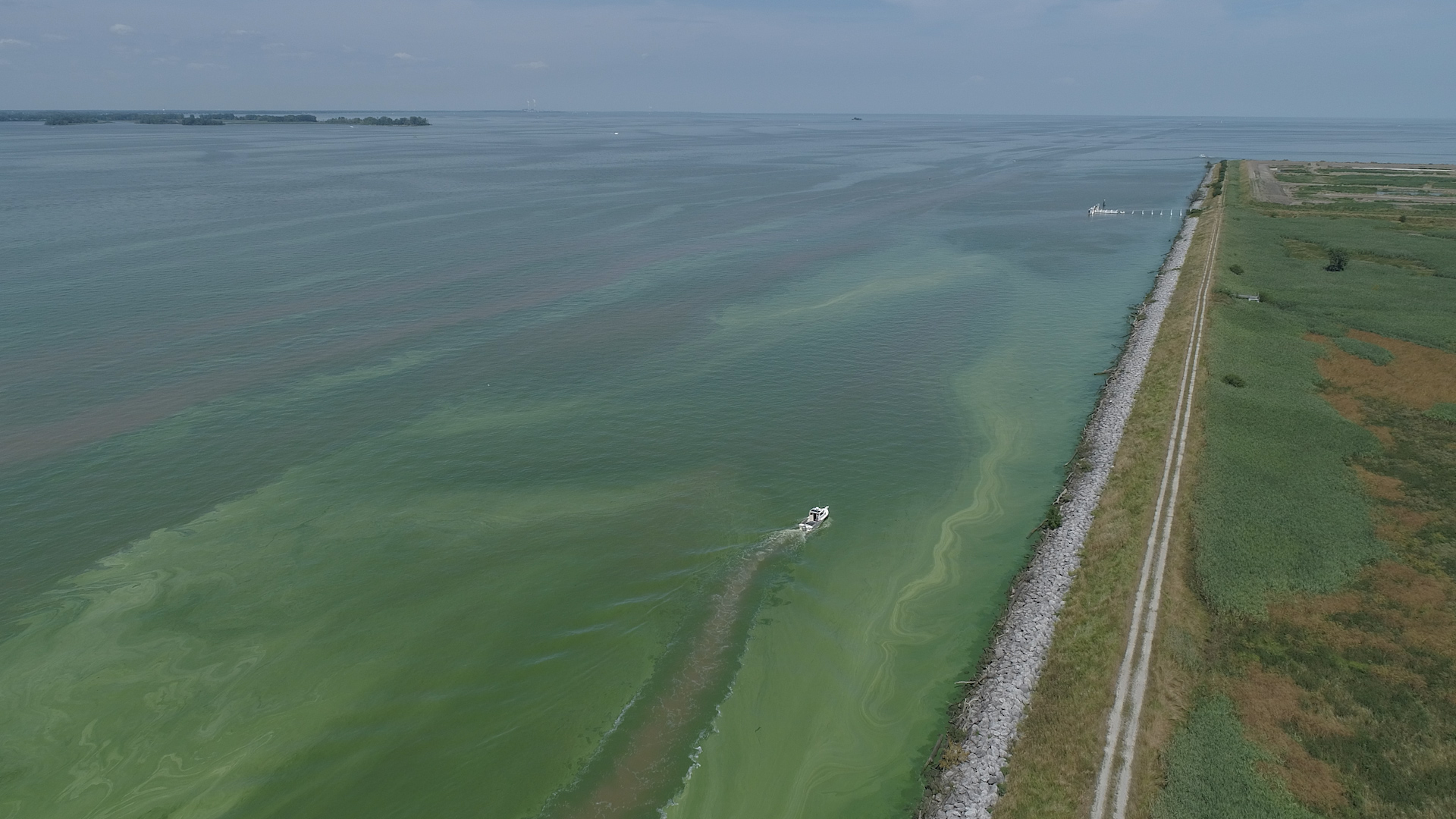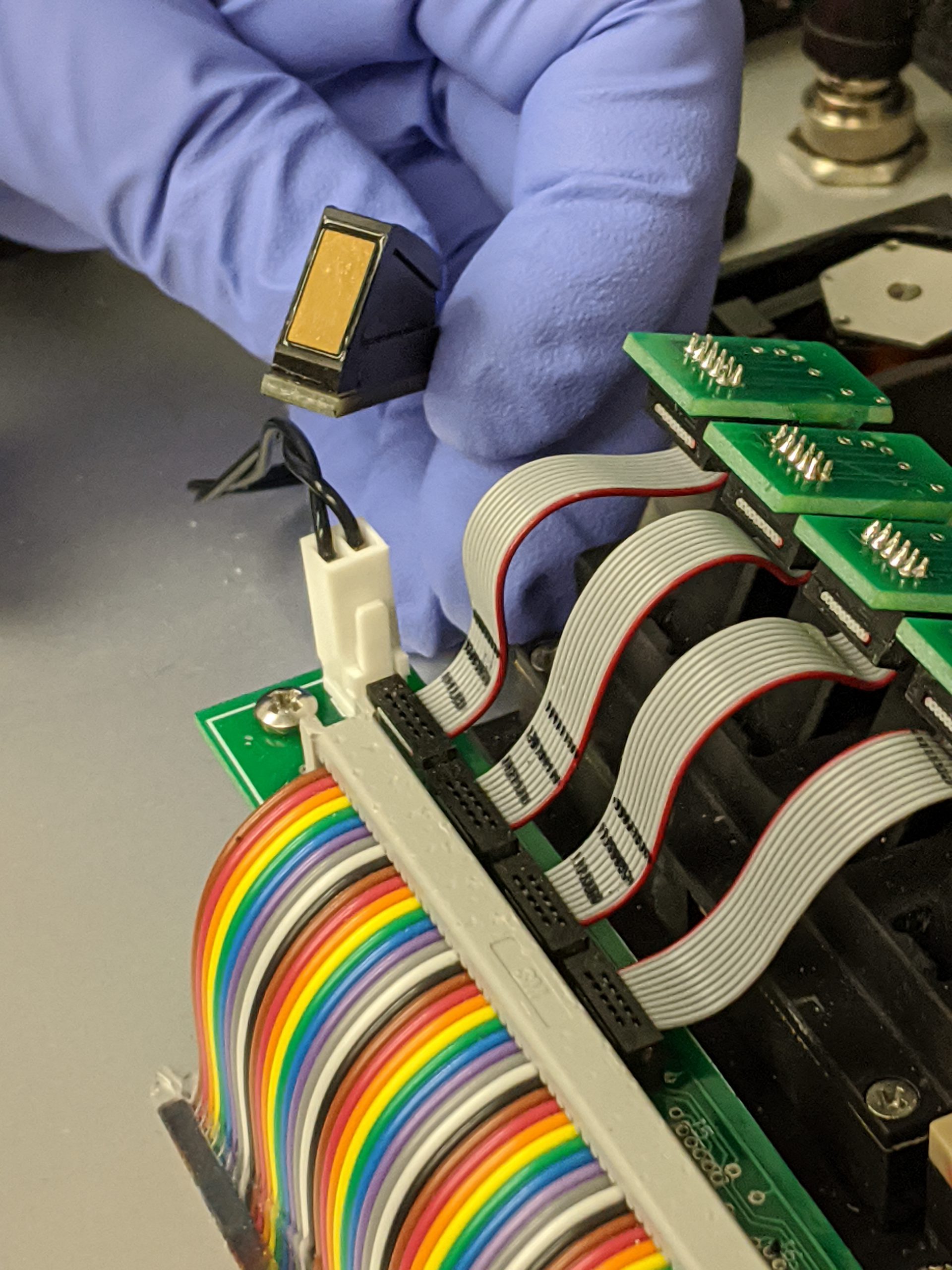Global S&T Development Trend Analysis Platform of Resources and Environment
| NCCOS Sensor Measures Toxicity of Lake Erie Algal Bloom in Near Real-Time (Video) | |
| admin | |
| 2020-07-07 | |
| 发布年 | 2020 |
| 语种 | 英语 |
| 国家 | 美国 |
| 领域 | 资源环境 |
| 正文(英文) |  Cyanobacteria in Lake Erie can sometimes grow out of control and produce toxins called microcystins that are harmful to people and animals. These harmful algal blooms, or HABs, can have severe impacts on public health, lake resources, and local economies. Losses to the region’s Lake Erie–dependent economy are estimated at over $65 million annually. Uncertainty about a bloom’s toxicity makes it difficult for water treatment plant operators and lake authorities to make timely management decisions. In response, scientists with NOAA’s National Centers for Coastal Ocean Science, or NCCOS, have developed an autonomous sensor capable of measuring microcystin levels in the water and transmitting results back to shore in near real-time. These data can give lake managers early warning of a bloom’s toxicity, modelers more observations to improve NOAA’s HAB forecasts, and scientists greater insight on what makes a bloom toxic, or not.  The NCCOS toxin sensor is used in the moored (LEFT; being deployed) and the mobile (RIGHT) Environmental Sample Processors (ESPs), both seen here in Lake Erie. Credit: Cooperative Institute for Great Lakes Research (moored ESP) and NOAA (mobile ESP).  The original NCCOS toxin sensor was miniaturized (shown here) to fit in the new, mobile, torpedo-like ESP. Credit: NOAA. NOAA’s Great Lakes Environmental Research Lab has added the NCCOS toxin sensor, along with other environmental sensors, to moored robots called Environmental Sample Processors or ESPs, designed by the Monterey Bay Aquarium Research Institute and known as a “lab in a can.” NCCOS scientists have developed customized sensors for many of the major freshwater and marine algal toxins and have deployed the sensors on partners’ ESPs not only in Lake Erie, but also off the coasts of California and Washington and in the Gulf of Maine. The sensors use antibodies to recognize the target toxin and certified reference standards to ensure the accuracy and reliability of the data produced. The Monterey Bay Aquarium Research Institute recently created the next generation ESP, which includes a miniaturized version of the NCCOS toxin sensor, housed in a torpedo-like autonomous underwater vehicle, or AUV. This new ESP is designed to provide smarter, highly mobile toxin monitoring over a larger area than the moored ESP. Testing of the AUV system is now underway in Lake Erie. |
| URL | 查看原文 |
| 来源平台 | National Centers for Coastal Ocean Science |
| 文献类型 | 新闻 |
| 条目标识符 | http://119.78.100.173/C666/handle/2XK7JSWQ/282470 |
| 专题 | 资源环境科学 |
| 推荐引用方式 GB/T 7714 | admin. NCCOS Sensor Measures Toxicity of Lake Erie Algal Bloom in Near Real-Time (Video). 2020. |
| 条目包含的文件 | 条目无相关文件。 | |||||
| 个性服务 |
| 推荐该条目 |
| 保存到收藏夹 |
| 查看访问统计 |
| 导出为Endnote文件 |
| 谷歌学术 |
| 谷歌学术中相似的文章 |
| [admin]的文章 |
| 百度学术 |
| 百度学术中相似的文章 |
| [admin]的文章 |
| 必应学术 |
| 必应学术中相似的文章 |
| [admin]的文章 |
| 相关权益政策 |
| 暂无数据 |
| 收藏/分享 |
除非特别说明,本系统中所有内容都受版权保护,并保留所有权利。
修改评论